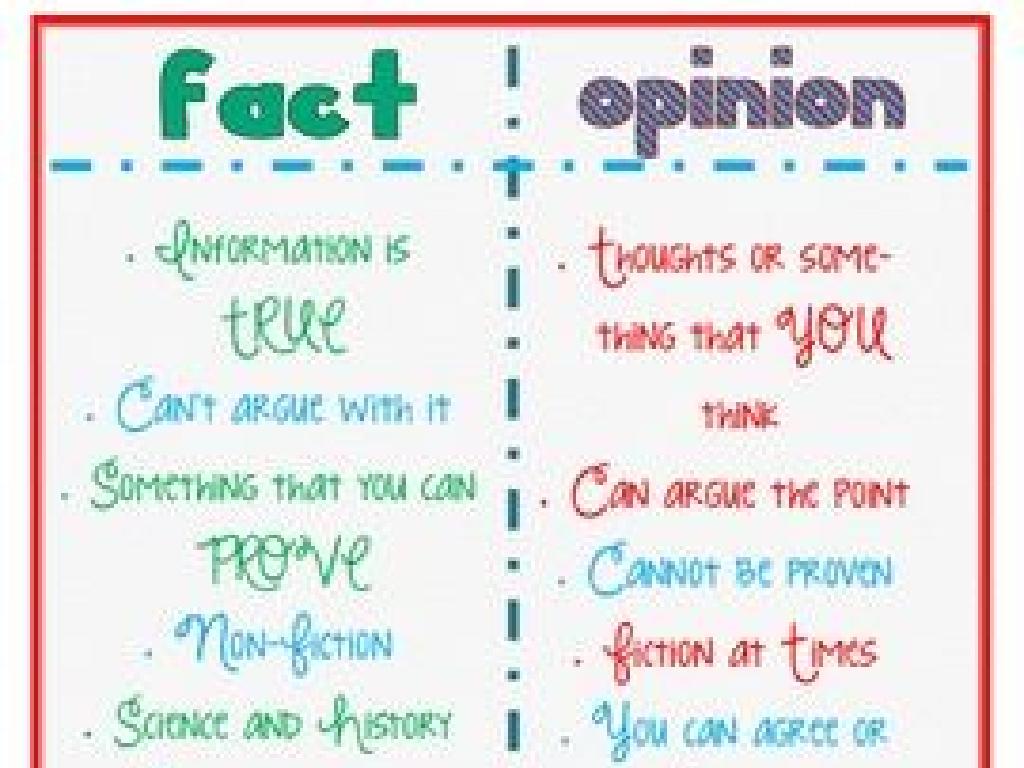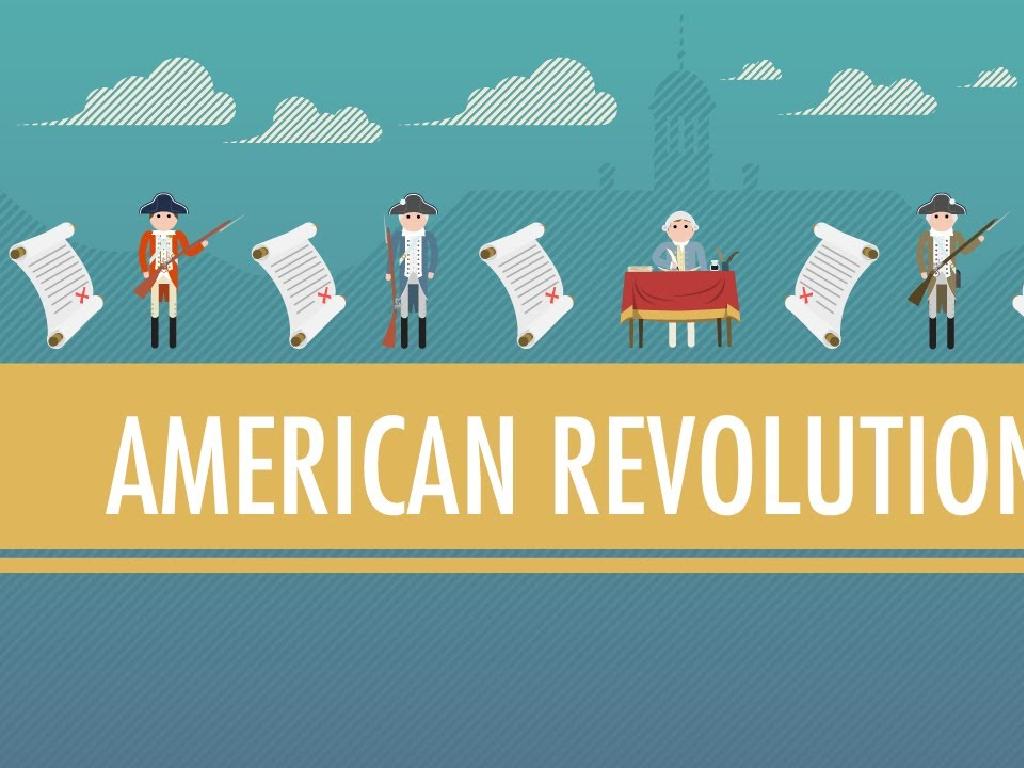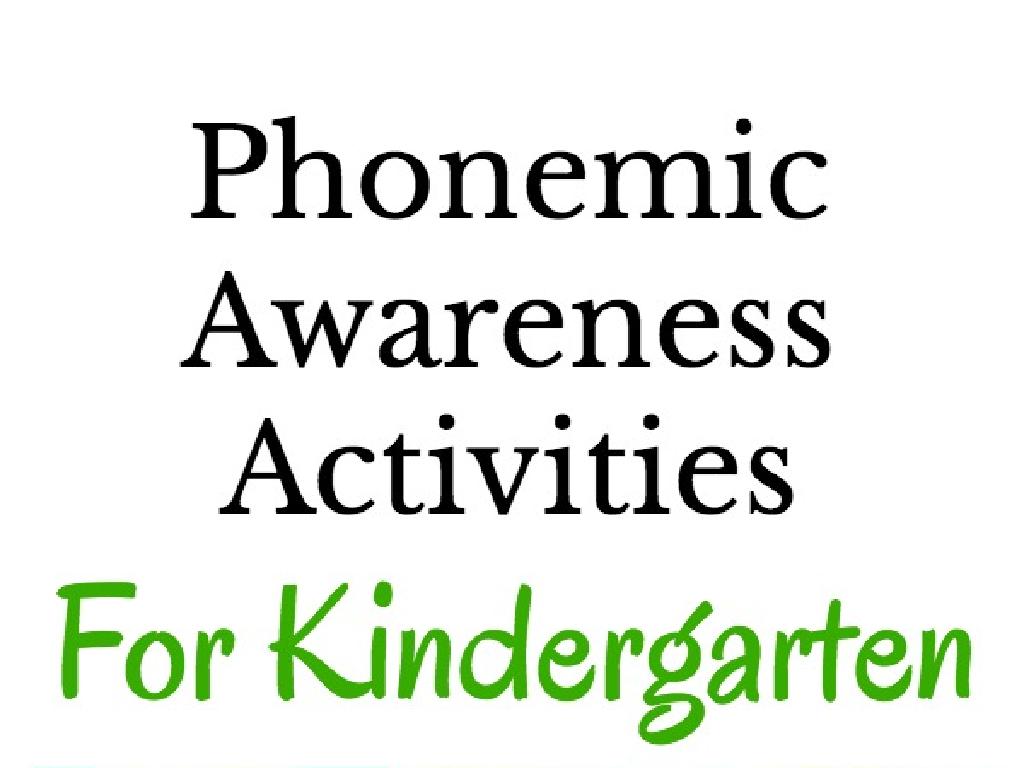Plymouth
Subject: Social studies
Grade: Fifth grade
Topic: English Colonies In North America
Please LOG IN to download the presentation. Access is available to registered users only.
View More Content
Exploring Plymouth Colony
– Introduction to English Colonies
– Today’s Focus: Plymouth Colony
– The Plymouth Colony was founded in 1620 by the Pilgrims.
– Reasons for colonization
– Seeking religious freedom and new opportunities.
– Plymouth’s role in history
– Plymouth is known for the First Thanksgiving and its impact on American history.
|
This slide introduces students to the broader context of English colonization in North America, with a specific focus on the Plymouth Colony. It’s important to highlight that the Pilgrims, who founded Plymouth in 1620, were seeking religious freedom and new opportunities, which were the main reasons for colonization. Discuss the hardships they faced and how they overcame them, leading to the iconic First Thanksgiving. Emphasize Plymouth’s significant role in the history of the United States, setting the stage for democratic practices and self-governance. Encourage students to think about what it would have been like to be a settler during that time and to consider the long-term effects of colonization on the native populations and the land.
The Pilgrims’ Journey to the New World
– The Mayflower’s historic voyage
– A ship that carried 102 passengers seeking a new home
– Crossing the Atlantic Ocean
– A long, treacherous journey lasting 66 days
– Overcoming Pilgrim challenges
– They faced seasickness, storms, and scarce supplies
– Arrival in North America
|
This slide aims to introduce students to the journey of the Pilgrims aboard the Mayflower, emphasizing the challenges they faced and their determination. The Mayflower was not just a ship; it symbolized hope for its passengers seeking religious freedom and a new beginning. The voyage across the Atlantic was perilous and tested the Pilgrims’ endurance. Discuss the types of challenges such as harsh weather, limited food, and cramped conditions. Highlight the resilience of the Pilgrims in overcoming these obstacles. Conclude with their arrival in North America, setting the stage for the establishment of Plymouth Colony. Encourage students to imagine what life on the Mayflower might have been like and to consider the bravery required to embark on such a journey.
Arrival and Settlement of Plymouth Colony
– Pilgrims land at Plymouth Rock
– In 1620, the Mayflower ship landed at Plymouth, Massachusetts.
– Surviving the harsh first winter
– Pilgrims faced cold and scarcity but worked together to survive.
– Constructing the Plymouth Colony
– Settlers built homes, a fort, and common areas for the colony.
– Forming peace with Native Americans
– The Wampanoag tribe helped Pilgrims, leading to the first Thanksgiving.
|
This slide introduces students to the early challenges and triumphs of the Pilgrims who settled at Plymouth. Emphasize the significance of Plymouth Rock as a historical symbol of the Pilgrims’ arrival. Discuss the difficulties faced during the first winter, including the cold climate and limited resources, and how the Pilgrims’ resilience and cooperation were crucial for survival. Highlight the construction of the colony, including the layout and types of buildings. Lastly, explain the importance of the relationship with the Wampanoag tribe, which was vital for the Pilgrims’ survival and led to the celebration of the first Thanksgiving. Encourage students to think about what it would have been like to be a Pilgrim during these times.
Daily Life in Plymouth Colony
– Homes and buildings in Plymouth
– Simple wooden structures, thatched roofs, dirt floors
– Roles of men, women, and children
– Men farmed and hunted, women managed homes, children helped with chores
– Farming, hunting, and trading
– Exchanged goods with Native Americans and other colonies
|
This slide aims to give students a glimpse into the everyday life of the Plymouth Colony settlers. Discuss the architecture of the homes and public buildings, which were mostly simple wooden structures with thatched roofs and dirt floors. Explain the traditional roles of men, women, and children in the colony, with men responsible for farming and hunting, women taking care of the household, and children helping with various chores from a young age. Highlight the importance of farming, hunting, and trading for the colony’s survival, including the exchange of goods with Native American tribes and other colonies. Encourage students to compare and contrast the daily life in Plymouth with their own, fostering an understanding of historical lifestyles and economies.
The First Thanksgiving
– The 1621 harvest celebration
– A successful harvest after a difficult year.
– Wampanoag people’s involvement
– Native Americans who celebrated with the Pilgrims.
– Thanksgiving’s meaning today
– A time for gratitude and family gatherings.
|
The slide introduces students to the historical background of the First Thanksgiving, emphasizing the successful harvest of 1621 which was a significant event for the Pilgrims after a year of hardships. It’s important to highlight the cooperation between the Pilgrims and the Wampanoag people, who came together to celebrate and share a feast. This event laid the foundation for the modern Thanksgiving holiday, which is now a time for reflecting on gratitude, enjoying time with family, and remembering the importance of community and sharing. Encourage students to think about what they are thankful for and how they can show gratitude in their lives.
Plymouth’s Legacy in American History
– The Mayflower Compact’s role
– First governing document of Plymouth Colony
– Plymouth’s impact on history
– Plymouth Colony is a symbol of bravery and freedom
– Union with Massachusetts Bay
– Plymouth Colony joined Massachusetts in 1691
– Self-governance beginnings
– Set a precedent for democratic rule in America
|
This slide explores the enduring legacy of Plymouth Colony in American history. The Mayflower Compact was a pioneering document that established a form of self-governance, laying the groundwork for future democratic principles in the United States. Plymouth’s role in history is significant as it symbolizes the courage and determination of the early settlers who sought religious freedom. The eventual merge with the larger Massachusetts Bay Colony in 1691 marked the end of Plymouth as a separate colony but its influence continued. Discuss with students how these early events contributed to the development of self-governance and democracy in America. Encourage them to think about how the principles of the Mayflower Compact might still be relevant today.
Class Activity: Create Your Colony
– Imagine being a Pilgrim
– Choose and draw your colony’s location
Think about resources, climate, and geography
– Decide on your colony’s laws
What rules would make your colony fair and safe?
– Present your colony plan
Explain why you chose the location and laws
|
This activity is designed to engage students with the historical concept of establishing a new colony. Students will use their imagination to step into the shoes of the Pilgrims and create their own colony. They should consider geographical factors such as resources and climate when choosing a location. Encourage them to think critically about the type of laws that would be important for the well-being and governance of their colony. Each student will draw a map of their colony and prepare a short presentation to explain their choices. This will help them understand the challenges faced by early settlers and the importance of planning in establishing a successful colony. Possible variations of the activity could include working in groups, using digital tools to create the map, or researching historical laws for inspiration.






